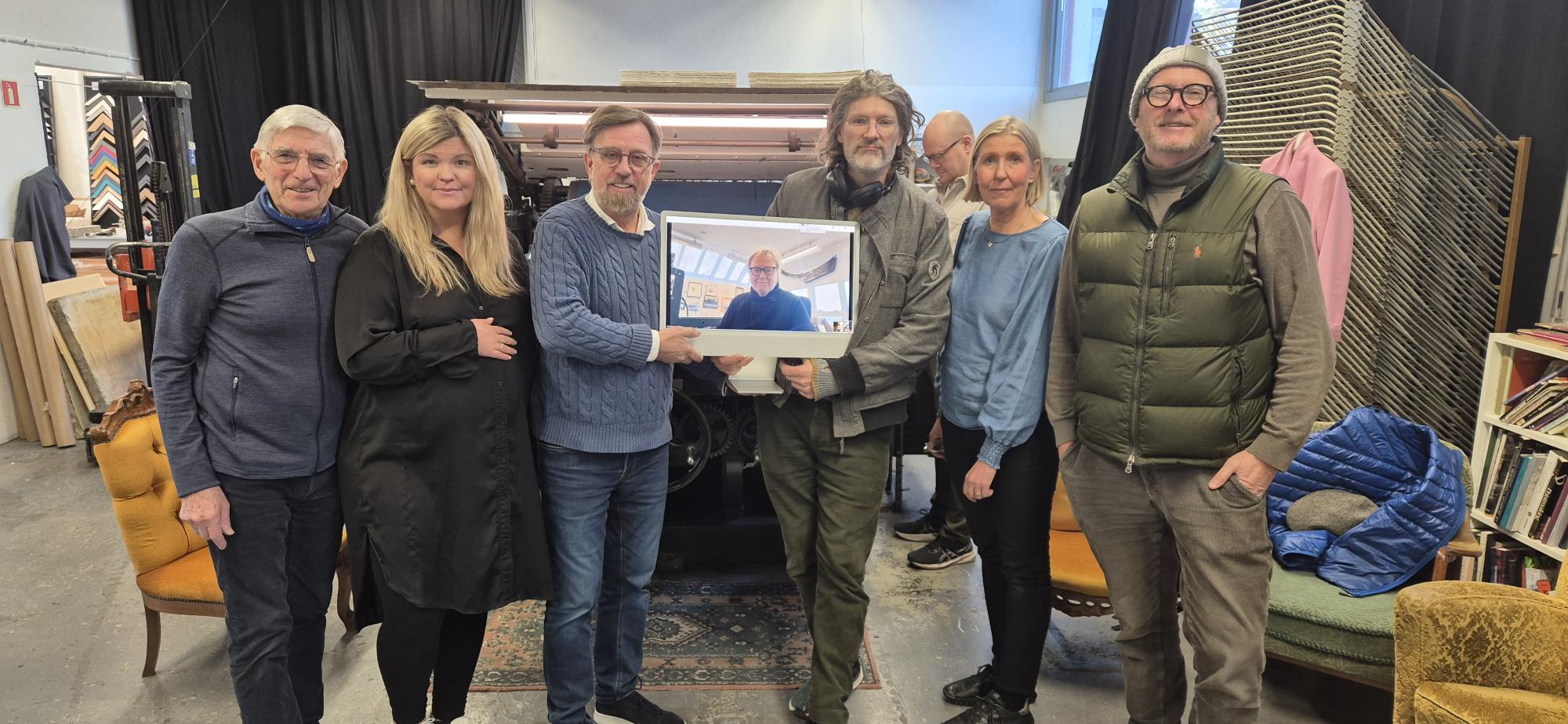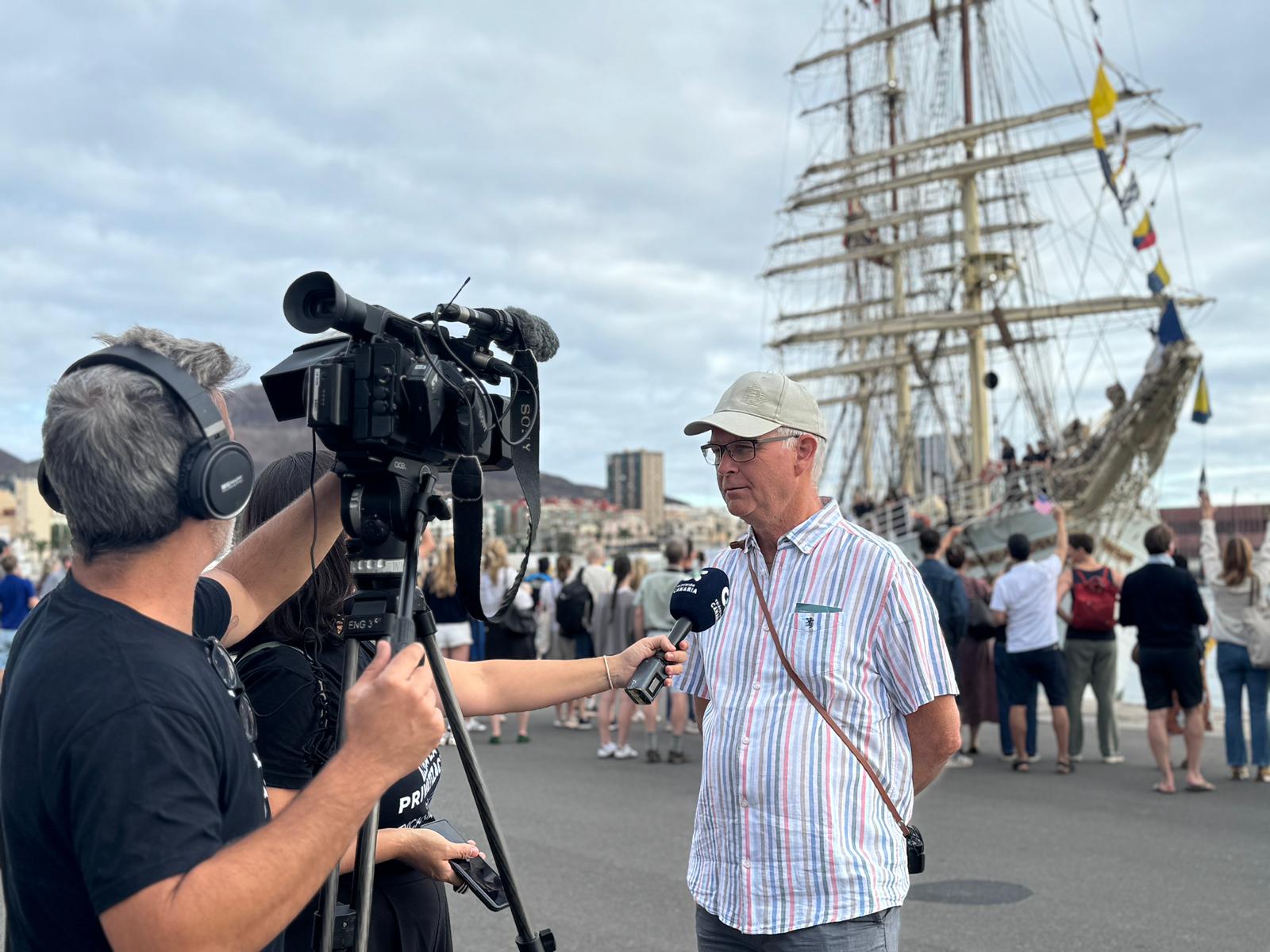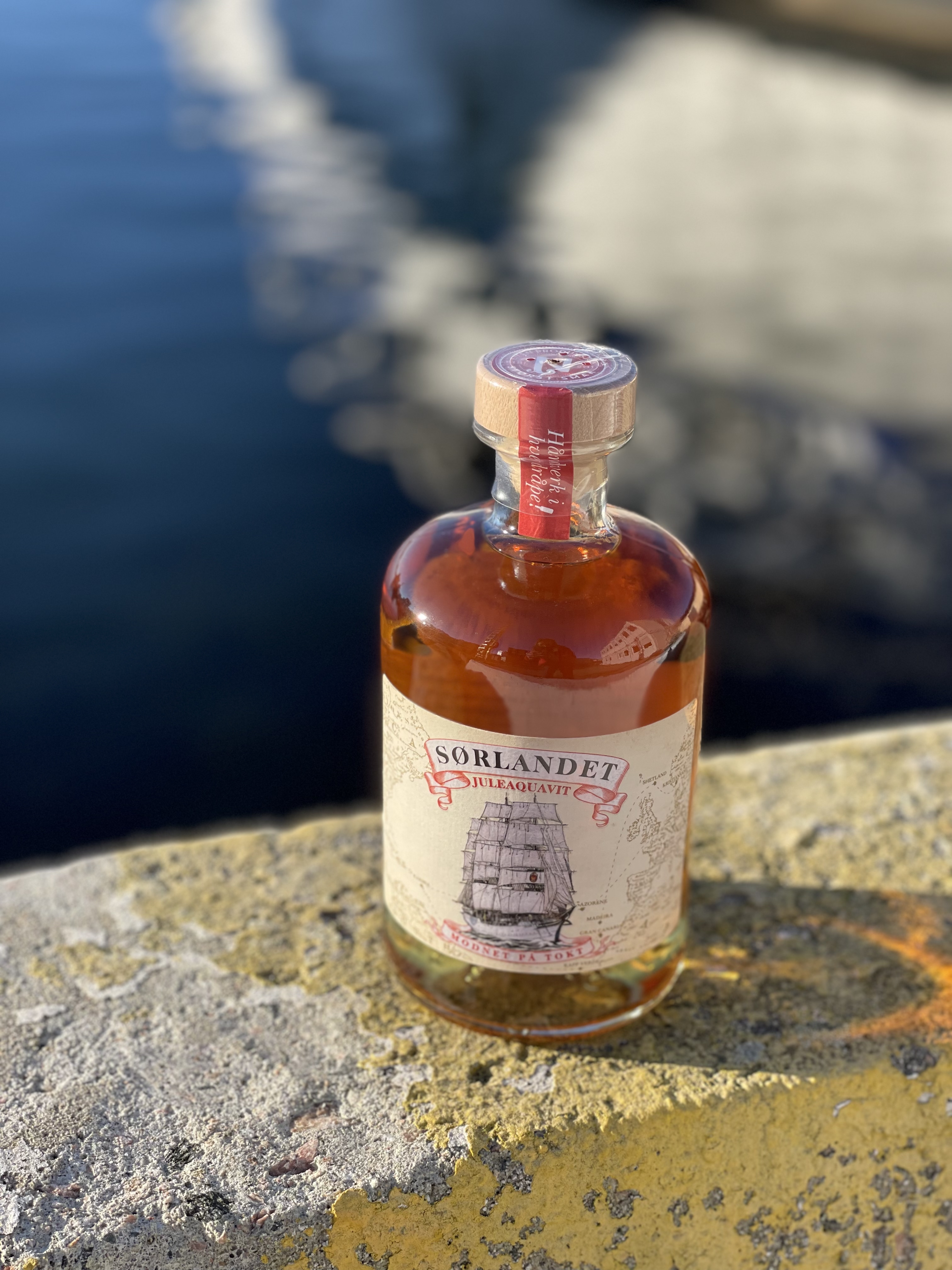Our youngest Vikings
Here, Southern Norway's presence would become the precursor to many targeted and export-oriented Norwegian PR advances towards America. Our country had little opportunity to make its mark at this world exhibition, the largest of all such exhibitions, but it was said afterwards that the schoolship outweighed the Norway did not be able to do any other way.
The famous voyage is described in detail in text and pictures in the book "Våre yngste vikinger", written by the teacher on board, Osloman Aksel Akselson. A 16 mm film was also recorded in which OH Loftesnes, who was secretary in the sailors' mission, undertook to film the interpreter. Like Akselson, Loftesnes did a fine job. This film is in good condition and is now soundtracked by « The Ship Sørlandets Venner" for display wherever you wish. The book with its many good pictures, and the film, are of great historical value. Here and now, we will only draw a quick sketch of the significance of the Chicago tour.
At that time, Norway had four training ships. Of these, the Sørlandet the newest and largest. It caused a stir when the chairman of the school ship board, harbor master Tønnesen, suggested that Sørlandet's voyage should go to Chicago in 1933. No Norwegian school ship had ever crossed the Atlantic before. It was not without risk, as Sørlandet's only machinery was the electric lighting system on board and a motor in one of the lifeboats. Two huge stoves on the banjer were hardly enough to keep warm if the weather took a turn for the worse. Such a voyage project required NOK 50,000 more than the ship's usual annual budget, but this was arranged by a fast-working financing committee, despite the fact that it was a lot of money at the time.

The journey became a fact. And "our youngest Vikings" under the direction of Captain Helge Brunsvik made real success on this trip. The boys were received as heroes in Chicago, where the city authorities and organizers of the World's Fair put themselves in the harness to make their way to the Norwegian schoolship boys.
They were greeted by the car king, Henry Ford himself, who provided 20 of his latest models. The police kept traffic open to the boys through the big city. Here are some excerpts from the book in which the author tells about the popularity of the seaboys in the exhibition city:
As advertising for Norway, I think Sørlandet »'s visit to the exhibition was very useful.
"A Century of Progress" was a gigantic exhibition, and the 100-150,000 daily visitors were spread over an area whose extent was something like 5 kilometers. But " Sørlandet »s master and yards towered above the buildings and were visible everywhere: and in the afternoon and evening the white-clad boys spread over the terrain. And everyone knew them - if you were in the group you heard everywhere the words "the Norwegian Boys", "the Norwegian Cadets". There were countless people who asked the boys to stop for a while, so they could take a picture of them. There was probably no one there who believed that Norway was the capital of Denmark.
And far up in the city and its outskirts they knew about us - and that's close to 4 million people in Chicago. It often surprised me on trams and trains to be asked by strangers what kind of journey we had had across the Atlantic and the like. Most people had probably been to the exhibition, and the newspapers had written about the ship from the moment we arrived in American waters and before. Then there was the uniform hat with " Sørlandet »s mark, the three S's in the flag - the same flag that flew on the ship's top - business card enough.
When we were open to the public, there were always a lot of people on board - primarily Norwegians, of course, but also many full-blooded Americans who wanted to see "the first fully rigged ship to cross the seas". For many of the Norwegians, it was like setting foot on Norwegian soil after years of absence from their homeland - so we were told, and many never tired of talking: But not everyone talked a lot - many also walked around in silence with their thoughts, looked at all the pictures from home that were posted on the banjer, or sat quietly and looked at the ship and the boys. The visitors were given booklets with texts and pictures from Norway when they left the ship.
The boys were popular at the exhibition, and I think it can probably be said that they represented Norway in a way that the Americans liked and at the same time suited the maritime country that had sent them. Press statements can of course be particularly gracious, but I think these lines from the exhibition's official "World's Fair. Weekly" about " Sørlandet » and the boys basically give a pretty good picture of the real situation:
"This full-rigged school skib and the 90 handsome light-haired boys have become one of the exhibition's great attractions... To see these boys enter the rig - it's a pure maze of takkel and taug - and up to the 105 foot high top, is a sight worth seeing. They are lively as monkeys, and so sure of themselves as sea urlets from the old days. Less confident are they when it comes to finding their way in Chicago, but some of them can speak English, and there are always volunteer drivers to take them on their daily straits in their spare time. Chicago's large Norwegian population also does not save itself when it comes to getting the boys "a good time." Beautiful ladies come on board for a visit. They are dear guests these boys ... »

- Source: " The Ship Sørlandet - a school under sail",
published by the Foundation The Ship Sørlandet in April 1987.
Editor: Helge Svein Halvorsen
OTHER ARTICLES IN THIS SERIES:
- The gift letter that became a national cultural treasure
- A school of a lifetime
- Discipline - order - seamanship
- They came down from the rig and manned our fleet
- School under sail
- "We became men"
- Our youngest Vikings
- "Continuation School" for future sailors
- War, occupation, reconstruction
- Inspiration in art
- Over and out as a training ship
- At the age of 14 , he participated in the 1956 Tall Ships Races
- In triumph - and hurricane
- Famous names behind the ship


.jpg)




